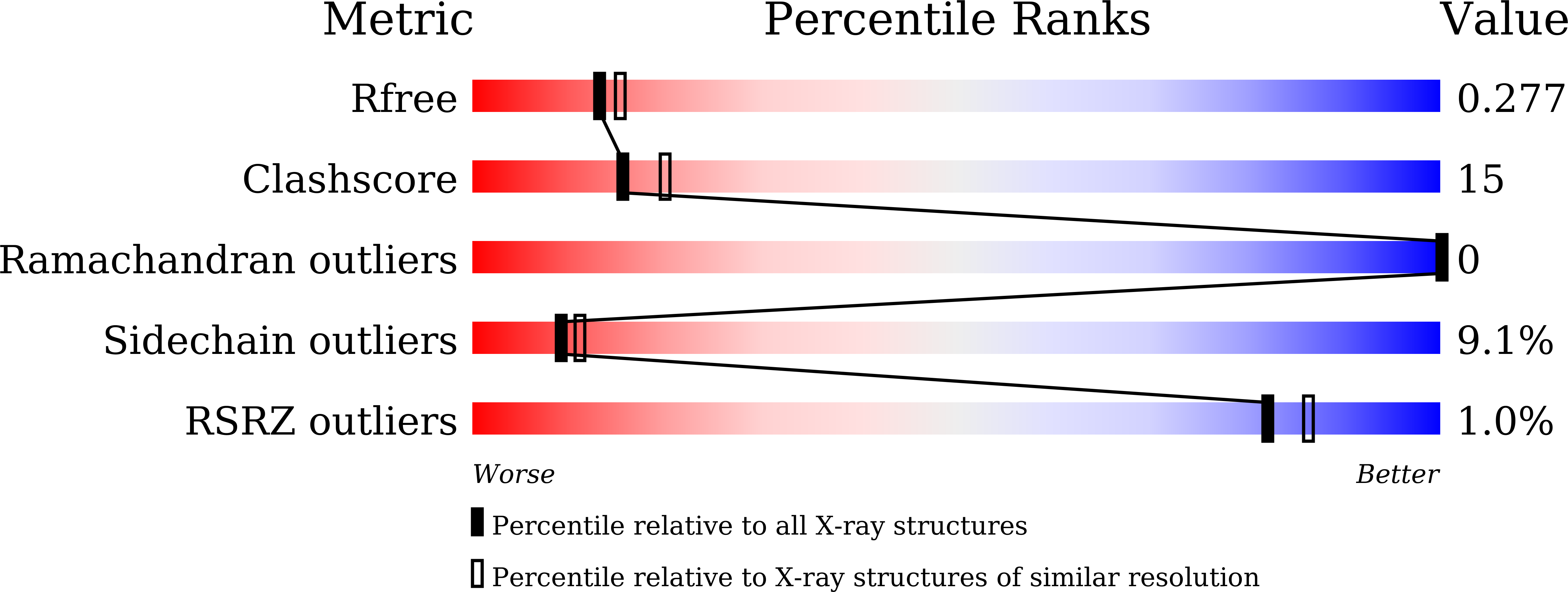
Deposition Date
2021-12-01
Release Date
2022-09-14
Last Version Date
2024-11-06
Method Details:
Experimental Method:
Resolution:
2.30 Å
R-Value Free:
0.28
R-Value Work:
0.23
R-Value Observed:
0.23
Space Group:
P 1 21 1


